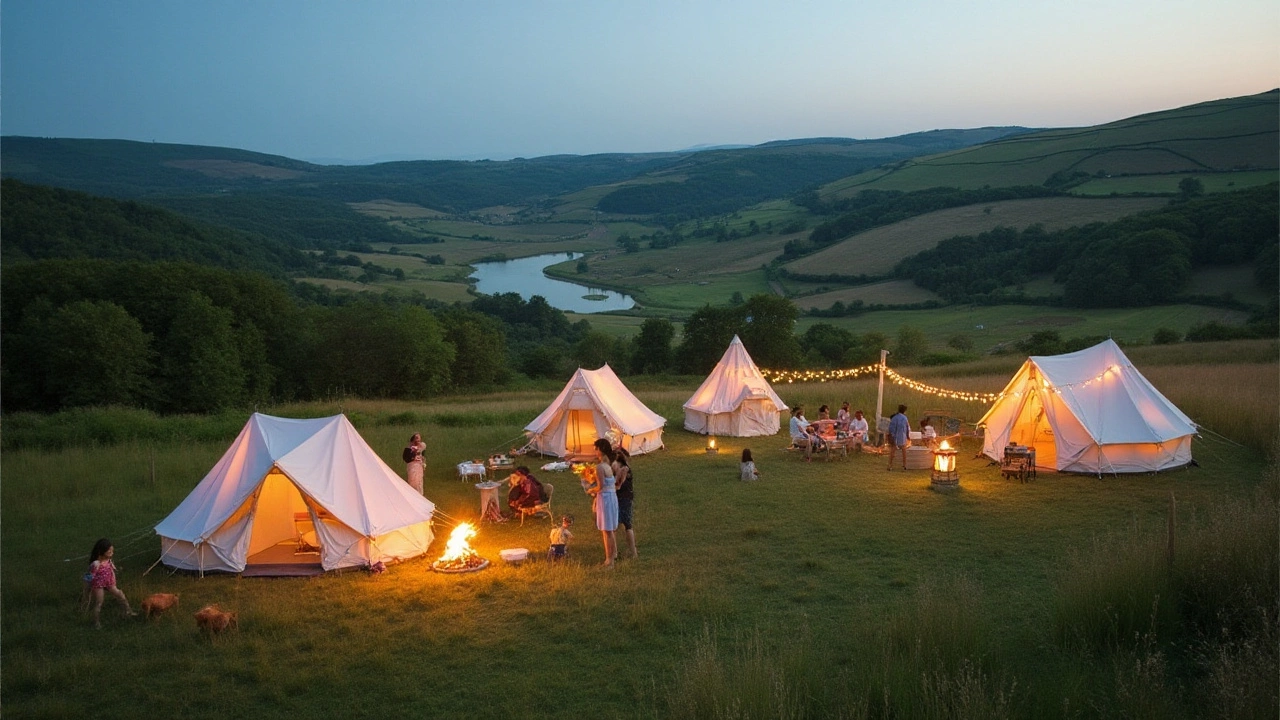Camping Fees Explained: How Much to Pay and How to Save
Thinking about booking a spot for your next night under the stars? The first thing that pops up is the price tag. "Camping fees" can mean a lot of different charges, and they differ from place to place. Knowing what you’re paying for helps you avoid surprise costs and keep more cash for campfire s’mores.
What’s Inside a Typical Camping Fee?
Most campsites charge a base rate per pitch. That usually covers a flat area for your tent, caravan or motorhome, plus basic services like waste disposal and a piece of land you can set up camp on. In the UK, you’ll often see separate fees for electricity hookups, water supply, or extra space for larger rigs. In the US, some parks add a vehicle entry fee on top of the site charge.
Hidden Extras That Can Add Up
It’s easy to miss hidden extras if you only look at the headline price. Look out for fees for firewood, pet stays, extra guests, or even a small charge for using the toilet block. Some coastal sites, like the ones on English beaches, may add a small coastal conservation levy. A quick glance at the site’s FAQs or a phone call can save you from a nasty surprise at checkout.
Another common surprise is the reservation fee. Many online booking platforms tack on a processing charge of a few pounds or dollars. It’s usually listed in fine print, so keep an eye out. If you book directly with the campsite, you can sometimes dodge that extra cost.
For motorhome travelers, the power hook‑up fee can be a big part of the bill. Some UK sites charge by the amp hour, while others have a flat nightly rate. Check the site’s power specifications before you arrive – you don’t want to be stuck without enough juice for your fridge.
When you’re comparing sites, write down the total cost, not just the nightly rate. A campsite that looks cheap at first glance might end up pricier after you add electricity, water, and pet fees. A simple spreadsheet can make the math easy.
Now that you know what’s included, let’s talk about ways to keep the costs down. First, book early. Many sites offer early‑bird discounts, especially for off‑peak weeks. If you’re flexible with dates, you can grab a last‑minute deal that’s much cheaper than the standard rate.
Second, consider sites that let you bring your own water and power. Some rural campsites in the UK let you fill up a jug at a nearby pump and use a portable battery, cutting out the hook‑up fee. In the US, “dry camping” on public land is free, but you’ll need to bring a camp stove and a portable toilet.
Third, look for loyalty programs. A few UK chains give you a free night after a certain number of stays, and US state parks sometimes have an annual pass that covers multiple visits for a flat fee.
Finally, don’t forget to check for local discounts. Students, seniors, and veterans often get reduced rates. Some campsites near popular lakes like Bass Lake or Burke Lake list special offers for long stays – staying a week instead of a night can shave off a good chunk of the total price.
Bottom line: camping fees are more than just a nightly rate. By understanding what’s covered, watching out for hidden charges, and using a few savvy tricks, you can enjoy the great outdoors without draining your wallet. Ready to book? Grab a list of sites, compare total costs, and pick the one that gives you the best mix of price, location, and amenities.
Camping Costs Per Night in the UK: A Comprehensive Guide
Camping in the UK varies in cost depending on location, facilities, and season. This guide explores average prices across different types of campsites, from basic tent pitches to luxurious glamping sites. It offers insights into booking tips, regional differences, and ways to save money. Whether you're a seasoned camper or a first-timer, this article provides valuable information to help plan your outdoor adventure.
